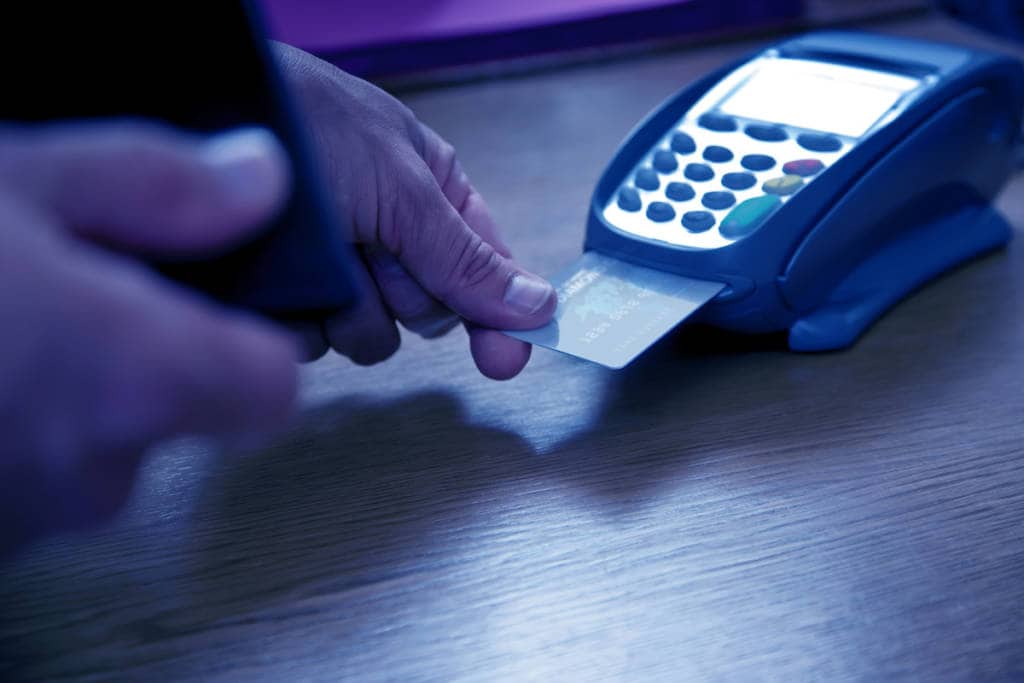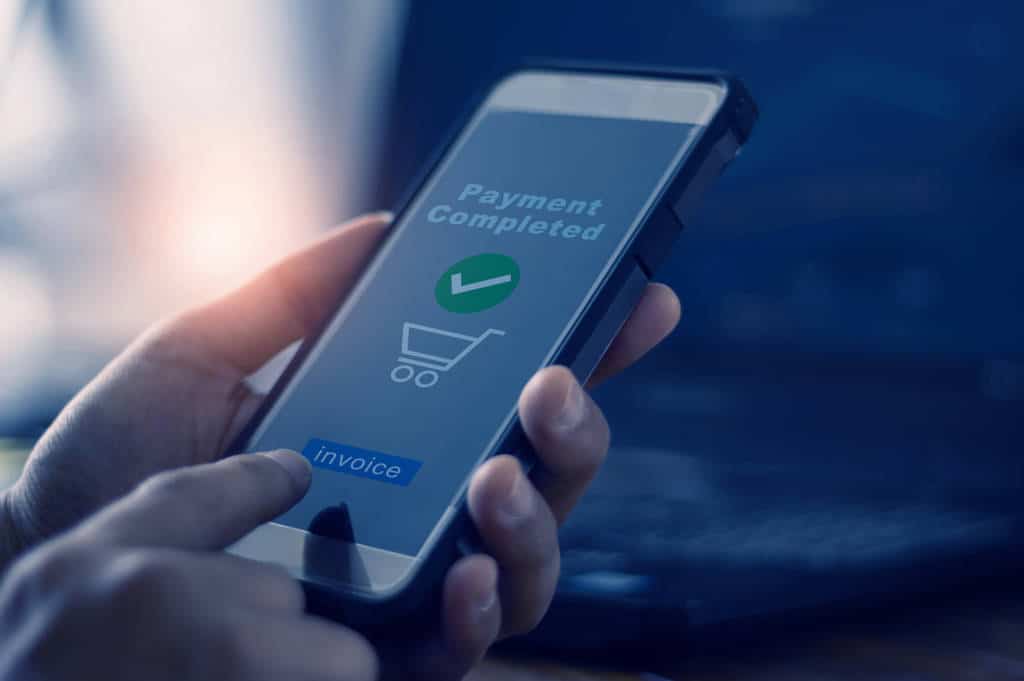On this page
What is PAR?
This blog aims to raise awareness about PAR, enabling payment professionals, particularly those in the merchant retail space, to understand it sufficiently to leverage its full potential.
The term “par” comes from Latin and means “equal.” In payments, PAR stands for Payment Account Reference number. While relatively underutilized, they have been around for the better part of a decade, and each is essentially a unique reference number associated with a debit or credit card. One of the unique attributes of PAR is that it stays consistent throughout the lifecycle of a card, including renewals, although it does change when the card is reissued. The PAR is also consistent with the various tokens associated with cards, including device tokens for Apple Pay and Google Pay wallets, as well as network tokens.
The payments landscape is currently undergoing a card tokenization renaissance
A plethora of token types are now available for various use cases. These tokens, which are not controlled by merchants, are usually designed to completely obfuscate the actual card number. Since most merchants have relied on the first six and last four digits of the card number for internal functions such as loyalty, reconciliation, and transaction research, they are now finding it increasingly difficult to leverage portions of the card number for these purposes.
Since the PAR value has the remarkable characteristic of being consistent throughout a card’s lifecycle, regardless of the tokens associated with the card, merchants can avoid the loss of functionality they experience when embracing device and network tokens. For example, by utilizing PAR, it wouldn’t matter if a transaction was processed with an Apple Pay device token or a network token; the merchant will always be able to identify the card used by referencing the PAR. PAR values have several other use cases, including frictionless loyalty and applications that previously required the use of a portion of the card number, which is no longer readily available due to tighter PCI security measures and the increasing popularity of network tokens and digital wallets.
DIGITAL AND MOBILE WALLETS
Learn how digital wallets are different from other digital currencies and how to maximize their potential in this expert guide.
How does a typical merchant obtain a PAR value?
Well, PAR is returned by card issuers via acquirers in response to payment transaction requests. To obtain it, merchants must ensure that their payment providers capture and provide this data element.
Is that the only way to get a PAR value?
While there is an EMV tag intended for PAR, many card issuers do not write the PAR value to the EMV chip. Therefore, the most reliable way to receive the PAR value is currently via response messages from the issuers.
PAR can be thought of as kind of an issuer token, but while not “equal” to the card number, it can be used to reference the card number outside of payment processing. PAR can also be shared with third parties without raising any security concerns because it cannot be used for authorizing payment transactions.
What about a real-world use case?
ACI recently enabled a large North American merchant to honor loyalty accounts belonging to customers of its affiliated merchants. This increasingly popular use case could not have been possible without PAR. By working with a provider like ACI, which is experienced with PAR, merchants can start using PAR seamlessly for the applicable use cases they desire.
Connect with our specialists today to explore how PAR can help you increase loyalty, create more seamless customer interactions, and drive innovation in a digital-first world.



